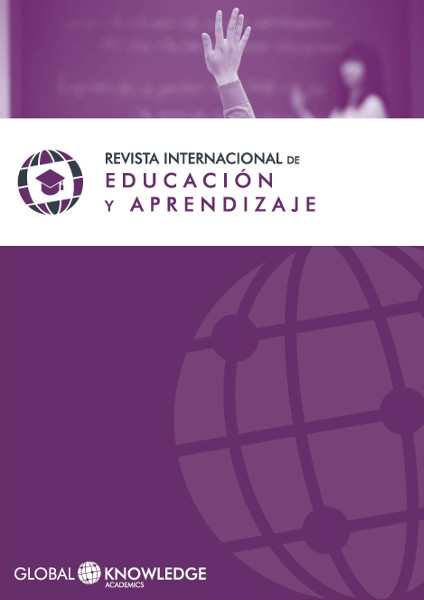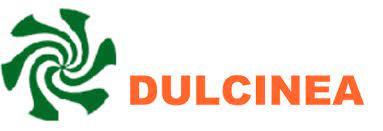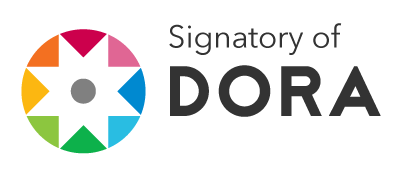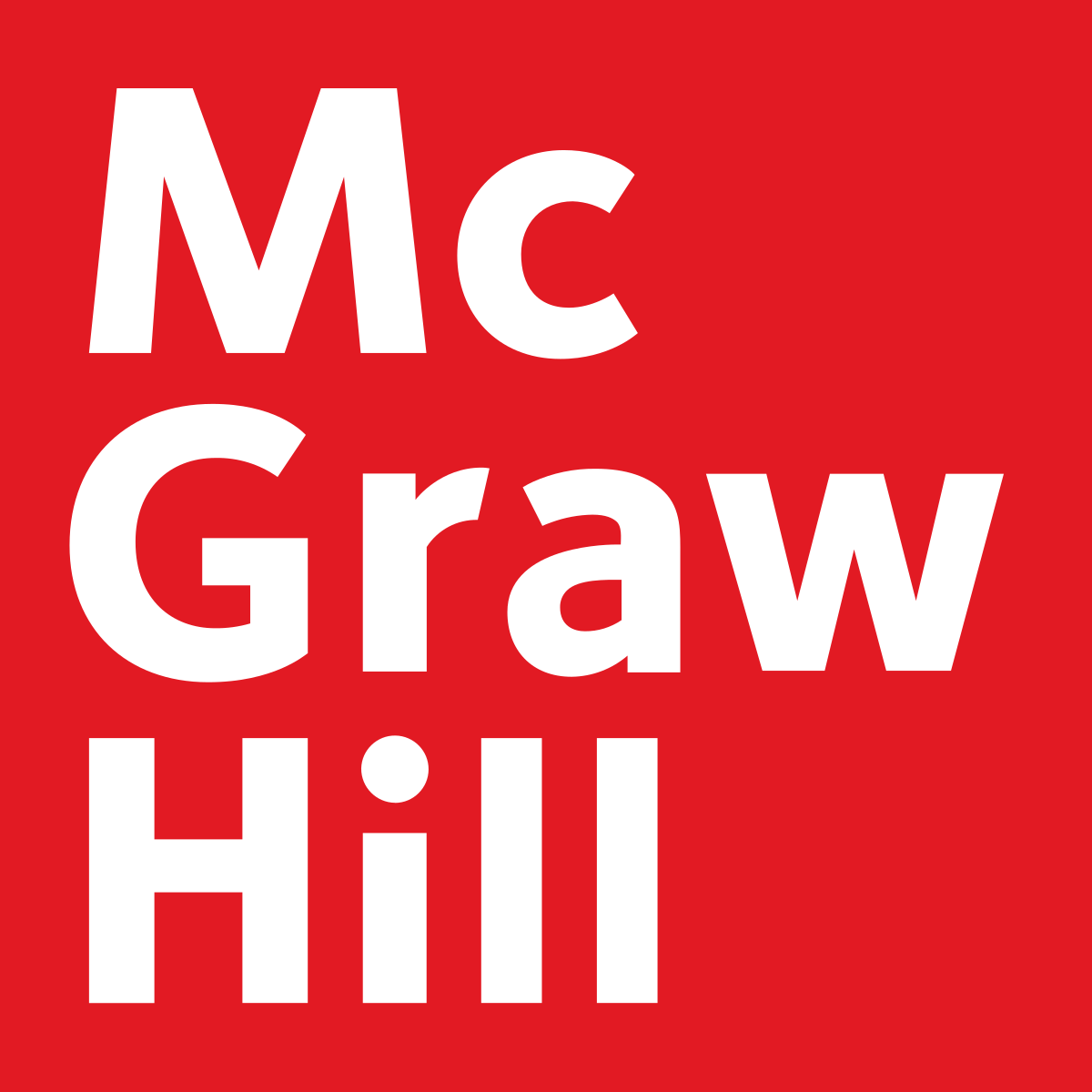Audiovisual Units Generation for Task or Project Based Learning: How to Improve Learning with Guide or “Explanatory” Videos
DOI:
https://doi.org/10.37467/gka-revedu.v1.631Keywords:
Videos, Tutorials, Practices, Projects, Blended LearningAbstract
The new generations of students, called "digital natives" or "google", have assimilated and perfected in their personal development an expression system closely linked to the audiovisual contents. These are mainly obtained and used through internet. These contents are easy to generate, edit and share through new technological tools and the booming digital social networks. Nowadays, the students who populate the classrooms are accustomed to the use of new technologies, especially from a playful point of view, and with a high ability to find and assimilate information from them. However, they also show at the same time a tendency to quickly discard all that elements they are not interested in, without having reflected about the knowledge or the experience that they could have obtained.
Downloads
Global Statistics ℹ️
|
2205
Views
|
2694
Downloads
|
|
4899
Total
|
|
References
Bartolomé Pina, A. (2004). “Blended Learning. Conceptos básicos”. Píxel-Bit. Revista de Medios y Educación 23, pp. 7-20.
Bain, K. (2007). Lo que hacen los mejores profesores universitarios . Servicio de publicaciones de la Universidad de Valencia.
Cano Zárate, J.C. (2007). “Apuntes de Tecnología Educativa para las NT”. Cátedras de Comunicación Educativa Universidad Marista y Apuntes de Diseño Instruccional . Universidad de las Californias, BC, México.
Chiappe, A., Segovia, Y. y Rincon, H. Y. (2007). “Toward an instructional design model based on learning objects”. Educational Technology Research and Development , 55, pp. 671-681. DOI: https://doi.org/10.1007/s11423-007-9059-0
Gago Calderón, A. y Fernandez Ramos, J. (2012). “Metodología de enseñanza de diseño electrónico digital a través de la colaboración con PYMEs del entorno de la universidad”. X Congreso de tecnologías Aplicadas a la Enseñanza de la Electrónica. IEEE. Escuela de Ingeniería Industrial. Vigo: España. 13-15 Junio.
Gea Megías, Miguel. (2011). “Tendencias de la Enseñanza en tecnología móvil”. Plataformas móviles para comunicación y procesamiento , Almuñécar.
Isea (2009). “Mobile Learning: análisis prospectivo de las potencialidades asociadas al mobile learning”. Innovación en Servicios Empresariales Avanzados (ISEA). http://www.iseamcc.net/eISEA/Vigilancia_tecnologica/informe_4.pdf. (Visitado el 5 de agosto de 2012).
Kolb, D. A. (1984). Experiential Learning: Experience as the Source of Learning and Development: Prentice Hall.
Mcgreal, R. (2004). “Learning Objects: A Practical Definition”. International Journal of Instructional Technology and Distance 1(9). ISSN 1550-6908.
Medina Molina, J. (2008). “Un método para la generación de vídeos docentes”. XVI Jornadas ASEPUMA – IV Encuentro Internacional Rect@. Acta 16 (1). ISSN 1575-605X.
Pascual, María P. (2003). “El Blended learning reduce el ahorro de la formación on-line pero gana en calidad”. Educaweb , 69. 6 de octubre de 2003.
Ramos Gutiérrez, S.J., de la Osa Resina, J.F. y de Toro Negro, F.J. (2009). “Una plataforma para gestión de clases virtuales interactivas”, Revista Electrónica de Tecnología Educativa, 28. ISSN: 1135-9259. DOI: https://doi.org/10.21556/edutec.2009.28.458
Rosenberg, M. J. (2001). Elearning: estrategias para transmitir conocimiento en la era digital: McGraw Hill. ISBN: 978-95-8410-209-6.
Torres Del Castillo, R. M. (2005). “Educación en la sociedad de la información”. Glosario “Palabras en Juego: Enfoques multiculturales sobre las sociedades de la información”, Alain Ambrosi, Valérie Peugeot y Daniel Pimienta, C&F Editions, Caen, France.
Trujillo Sáez, F. (2011). “La competencia digital en el trabajo por tareas”. Aula de Innovación Educativa , 200.
Vàlios Blanco, J. y Larumbe Zabala, E. (2010). “ Procedimiento en la generación de vídeos cortos para el trabajo autónomo del alumno”. VII Jornadas Inernacionales de Innovación Universitaria, Universidad Europea de Madrid. Trabajo 97c.
Valdivia Ruiz, F. (2012). “Evaluación de los procesos de enseñanza-aprendizaje en el ámbito universitario”. Servicio de publicaciones de la Universidad de Málaga. SPICUM . ISBN: 978-84-9747-418-4
Downloads
Published
How to Cite
Issue
Section
License
Those authors who publish in this journal accept the following terms:
-
Authors retain copyright.
-
Authors transfer to the journal the right of first publication. The journal also owns the publishing rights.
-
All published contents are governed by an Attribution-NoDerivatives 4.0 International License.
Access the informative version and legal text of the license. By virtue of this, third parties are allowed to use what is published as long as they mention the authorship of the work and the first publication in this journal. If you transform the material, you may not distribute the modified work. -
Authors may make other independent and additional contractual arrangements for non-exclusive distribution of the version of the article published in this journal (e.g., inclusion in an institutional repository or publication in a book) as long as they clearly indicate that the work was first published in this journal.
- Authors are allowed and recommended to publish their work on the Internet (for example on institutional and personal websites), following the publication of, and referencing the journal, as this could lead to constructive exchanges and a more extensive and quick circulation of published works (see The Effect of Open Access).













